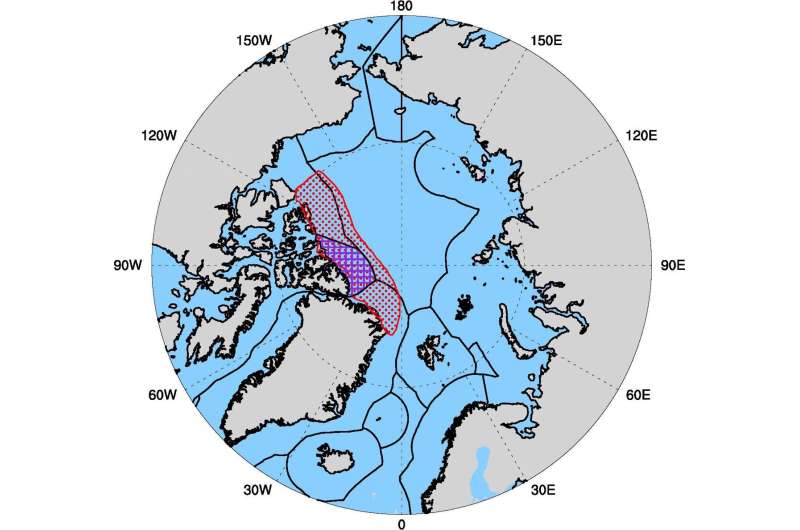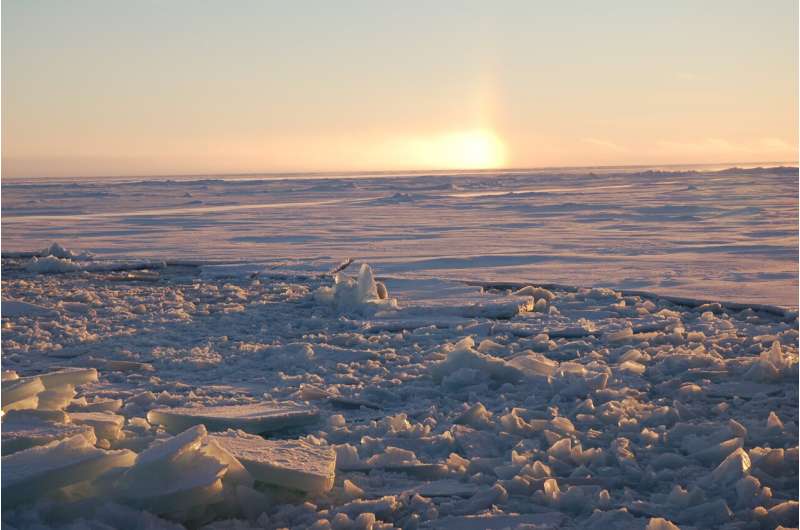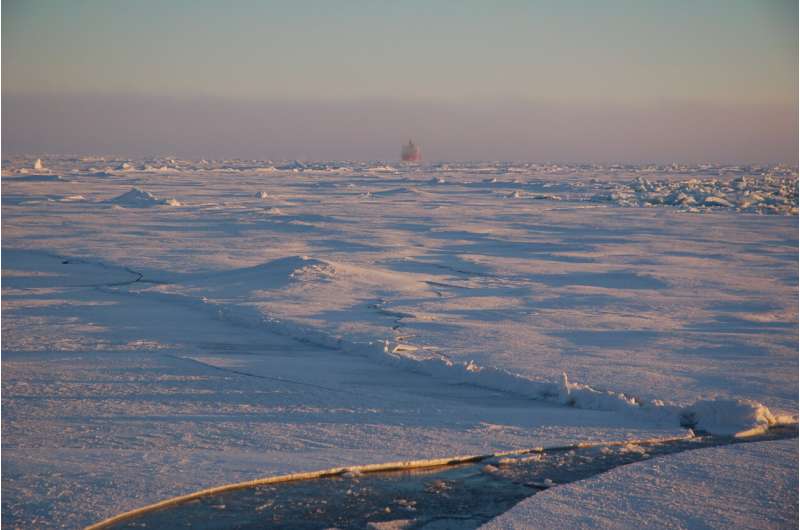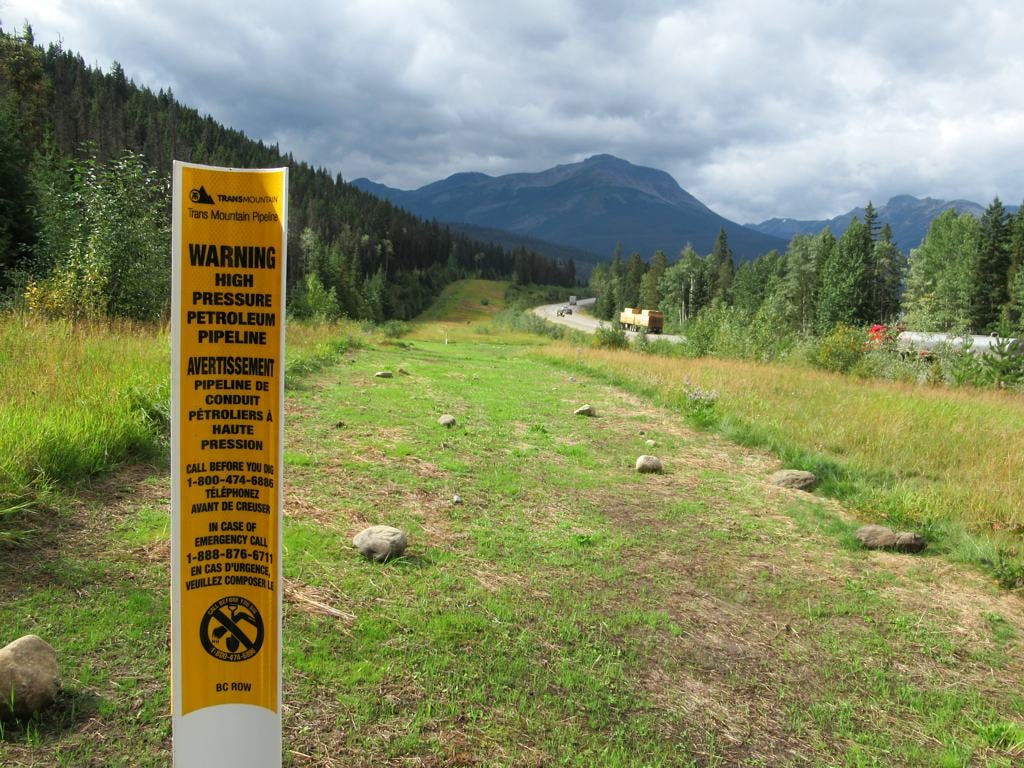As misinformation campaign against transgender rights intensifies, Ottawa must act
The federal government needs to turn to Supreme Court to counter anti-transgender activism
This column is an opinion from Charlotte Dalwood, a juris doctor student at the University of Calgary's Faculty of Law. For more information about CBC's Opinion section, please see the FAQ.
There is an increasingly public campaign underway to strip transgender Canadians of their constitutional and human rights. The newly re-elected Liberal government needs to make countering it a priority.
Charter protects trans rights
Canada's gender minorities currently benefit from a wealth of legal protections.
The Canadian Charter of Rights and Freedoms guarantees to "every individual" equality "before and under the law" and freedom from discrimination "based on … sex."
Both courts and human rights tribunals have long recognized that anti-transgender discrimination is a form of sex-based discrimination because it targets people who experience discontinuity between the sex they were assigned at birth and the sex with which they identify. This means that governments cannot act in a way that unfairly disadvantages transgender Canadians without running afoul of the charter's equality provisions.
Federal and provincial human rights legislation extends these protections to the private sector. For example, the Alberta Human Rights Act prohibits landlords in the province from refusing a prospective tenant on the basis of that person's "gender, gender identity, and gender expression." And the Ontario Human Rights Code similarly prohibits employers in provincially regulated industries like retail from targeting employees for harassment because of their "gender identity [or] gender expression."
Misinformation campaign
But these protections are under attack.
Across the country, anti-transgender rights advocates are trying to convince Canadians that guaranteeing equality to gender minorities is not only unconstitutional, but it also discriminates against and harms cisgender women — that is, women who were assigned female at birth. And their misinformation campaign, disguised as a defense of women's "sex-based rights," has become especially intense in the past year.
The national organization "Canadian Women's Sex-Based Rights" (caWsbar) is representative of the arguments being made against transgender-inclusive laws and policies.
They falsely claim that the charter's equality provision covers cisgender but not transgender women because it lists "sex" and not "gender" as a protected ground. They then argue, on this basis, that the inclusion of "gender" in human rights legislation is unlawful; indeed that governments have a duty, instead, to preserve and promote sex segregation.
Translating these assertions into action, four anti-transgender rights groups staged protests in Edmonton and Calgary on May 2 and June 13, respectively, against efforts to uphold the rights of transgender women.
Under the leadership of groups like caWsbar and We the Females, protests have also occurred at prisons across the country (most recently on Sept. 18) against Correctional Service Canada's policy of taking transgender inmates' gender identities into account when deciding where to house them.
These groups are deliberately misreading the charter in an effort to legitimize their legally baseless assault on human rights legislation and the transgender people that legislation protects.
Allowing this misinformation campaign to proceed unchecked has two main risks.
The first is that members of the gender minorities under attack will become less likely to access the legal supports to which they are entitled when their rights are violated, out of the mistaken fear that the justice system will not be on their side.
The second is that anti-transgender discrimination will increase in frequency and intensity because those opposed to transgender rights will wrongly believe that such discrimination is consistent with constitutional law.
Neither risk is tolerable if transgender people are to be assured of their full and equal place in Canadian society.
Time to engage reference procedure
Fortunately, the federal government already has a way to limit the potential damage of legal misinformation campaigns.
The reference procedure allows the federal cabinet to obtain the Supreme Court's opinion on "important questions of law or fact," including questions about how to interpret the charter and whether particular pieces of federal or provincial legislation pass constitutional muster. Parliament does not need to be consulted before cabinet poses its questions to the court, an advantage during periods of minority rule.
This means that the newly re-elected Liberal government could easily ask the Supreme Court to weigh in on the two questions that anti-transgender rights advocates have raised, namely: whether the charter protects transgender Canadians' rights to equality and freedom from discrimination, and whether similar protections in human rights legislation are constitutionally sound.
Given prior jurisprudence, there is little doubt that, if the Supreme Court took up these questions, its answers to both would be a resounding "yes."
This response would, technically speaking, be merely advisory. Practically speaking, however, Supreme Court reference decisions are treated as binding by governments and lower courts.
The legal value of having such a ruling on the books would thus be significant, not least because it would ward off potential future attempts to enshrine anti-transgender interpretations of the charter into law.
But so, too, would be the symbolic value of having the country's highest court declare unequivocally that transgender people can count on the justice system to guarantee their place in Canadian society. It would send a clear message to anti-transgender rights advocates that, while they are free to hold whatever views they like, their campaign to weaponize constitutional law against gender minorities has no place in Canada's courts.
The newly re-elected Liberal government just needs to give the Supreme Court the opportunity to do so.


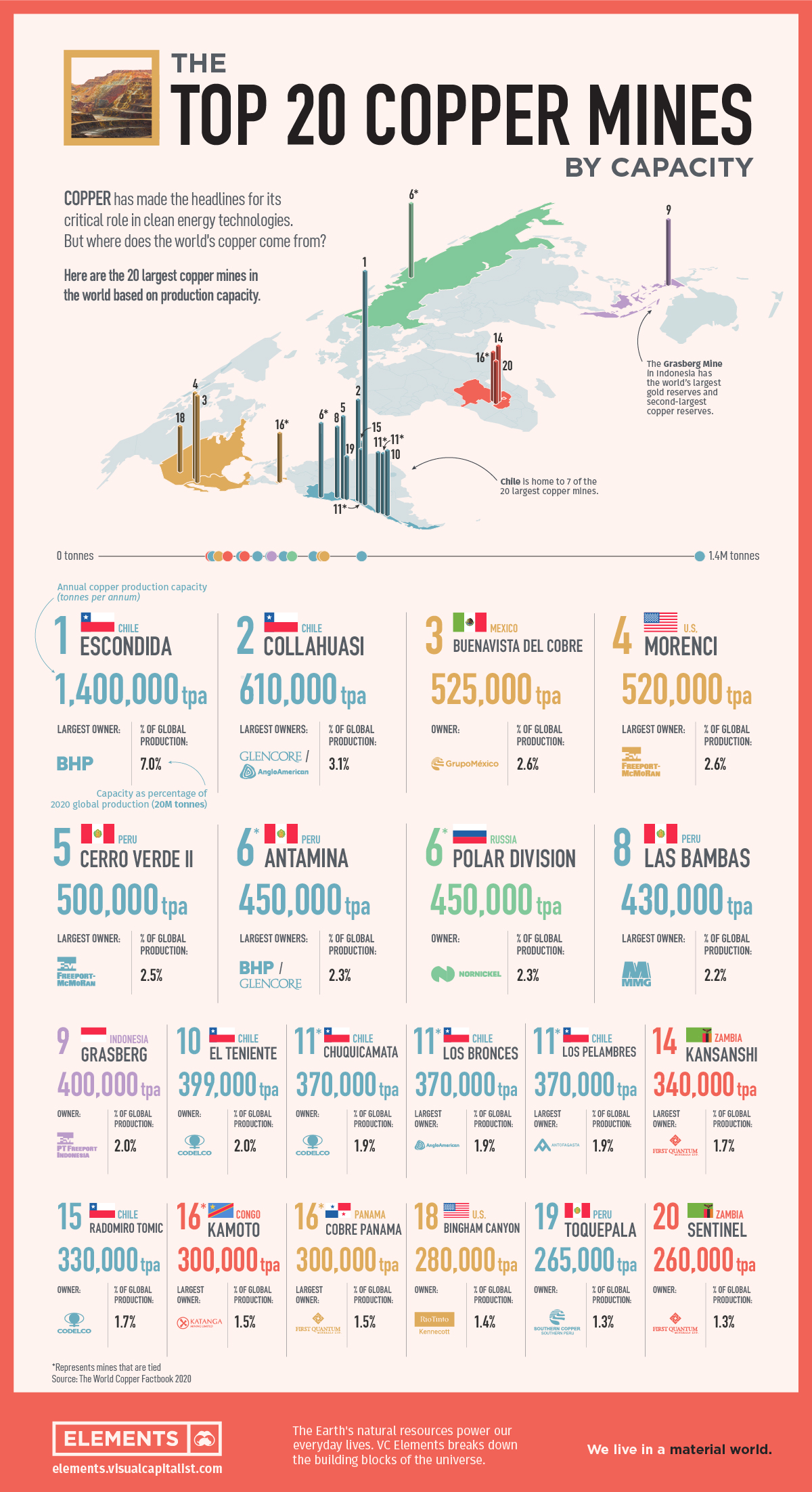



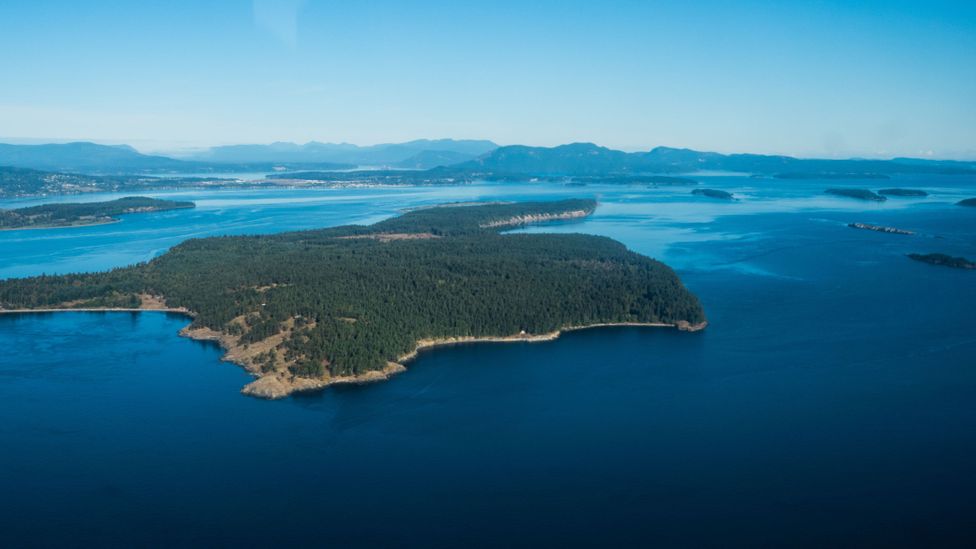
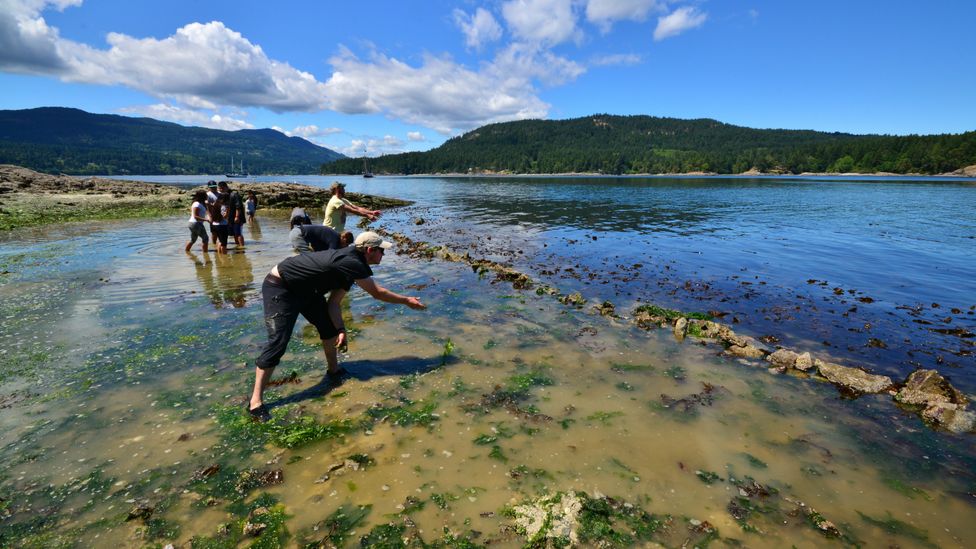
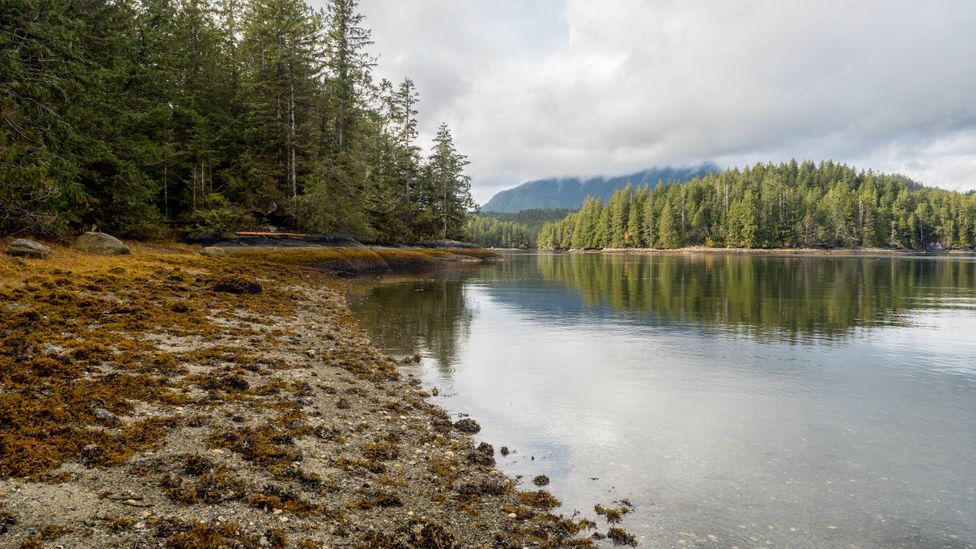
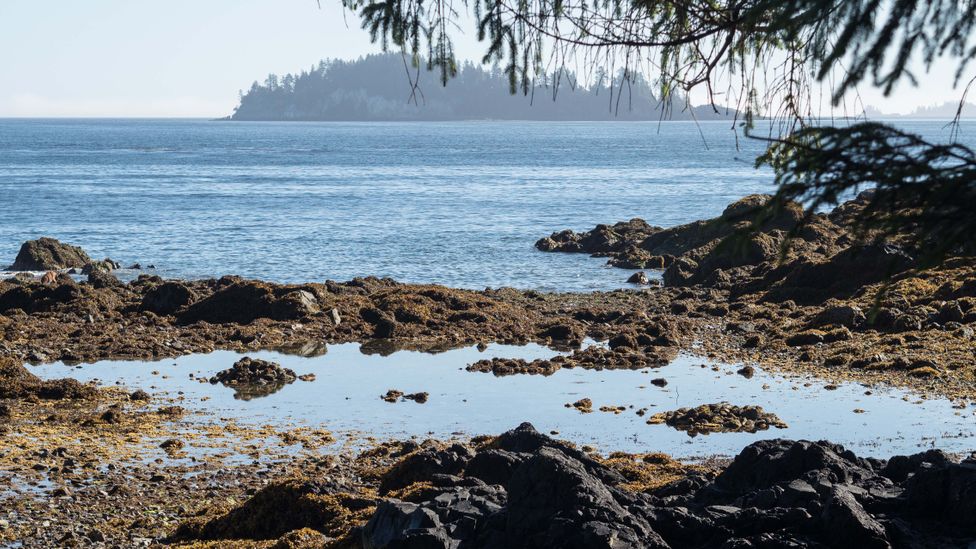
.jpg?ext=.jpg) Millstone (Image: Dominion)
Millstone (Image: Dominion)
